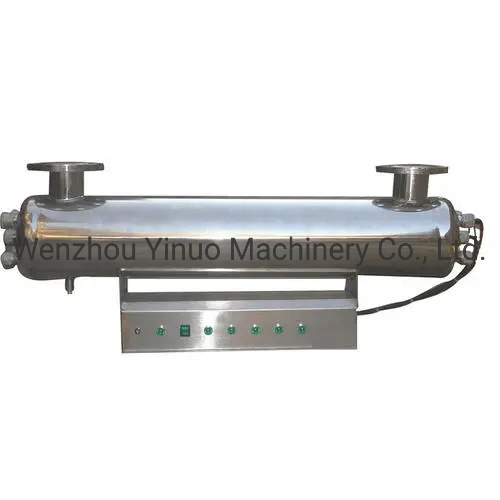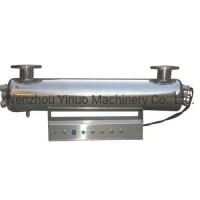UV sterilizers are used both inside and outside the main 304 # stainless steel,polished body in order to strengthen internal and external UV illumination of high purity quartz assembled, with special ultraviolet lamp treatment, with a strong bactericidal, long life, stable and reliable, the bactericidal effect Rate ≥ 99%, life 8000 hours, has been widely used in medicine, food, beverage, life, electronics and other fields.
Fields of application
Reclaimed water recycling
Devices for secondary water supply of the living community
Disinfection of the treated municipal sewer
Disinfection of water for aquiculture and processing
Disinfection of purified water for shellfish species
Disinfection of water in aquaria and water tanks
Disinfection of tap water, purified water and mineral water
Disinfection of water for the food and beverage industries_
Disinfection of water for such water recreational facilities as swimming poor, etc. Disinfection of drinking water for residential, office and restaurant buildings, etc. Disinfection of bacteria-free water for pharmacy, cosmetics and other such manufacturing industries
Disinfection of water for hospitals Water, ships and vessels and submarine vessels as well as field activities
Disinfection of water for agricultural irrigation
Disinfection of water for municipal landscapes
Disinfection of water for the water treatment system of central air conditioning in commercial buildings
Disinfection of cooling water for various large power stations
Disinfection of drinking water for commercial planes and large passenger planes Disinfection of water for large poultry and livestock farms
Disinfection of water for small domestic drinking machine
Greenhouse seedling culture Aquaculture
Water for municipal landscapes
Disinfection of water for hospitals
Food and beverage
Principle for UV sterilization
All forms of life known on the earth exist on the basis of DNA and RNA for reproduction and existence. DNA and RNA are both composed of 4 kinds of chemical substance units.
A--Adenine
T--Thymine
C--Cytosine
G--Guanine (the basic component for the nucleic acid)
In time of cell reproduction, the long chains inside DNA are opened when Unit A in each chain will look for and connect with Unit T. Each long chain can reproduce an identical chain to the chain freshly split, restore the complete DNA before splitting and serve as the foundation for the new-borne cells. However, the ultraviolet at a wave length of 240-270nm is able to break the capacity of DNA to produced protein and reproduction. once the DNA and RNA of bacteria and viruses are damaged, their capacity to produce protein and reproduction are both lost. As the bacteria and viruses usually have a very short life cycle, those will soon perish that cannot reproduce.
The effective of UV sterilization is often expressed in killing ratio, e.g., 99.9%. Namely, 99.9% of the original bacteria have been killed and only 0.1% exists, or, 1/1 000 has survived. As 1000 is the 3 in 103 or in log, it is habitually to express the killing ratio with 310g. The killing ratio of ultraviolet depends on two factors: 1, ultraviolet intensity (I); and 2, irradiation time (T).
Advantages of Modern UV C Disinfection)
The UV C Disinfection Technology has been widely accepted by the world for its superior effect in disinfection on cell viruses and other Factors to be Considered Liquid chlorine disinfection Chlorine dioxide disinfection Ozone disinfection LW disinfection pathogenic agents. UVC water disinfection technology has the following obvious advantages.
High-efficiency sterilization
Sterilization of cell viruses with UV C is generally within one second. In comparison, the traditional UV and Cl and Ozone Methods takes 20 min to one hour to match the effect of UVC.
No secondary pollution
As the UV-c Technology can be controlled within the scope of killing the bacteria or viruses only and it is unnecessary to add any chemicals, it Operation complexity Simple to middle grade Simple to middle grade will not cause the secondary pollution to the water body and the surround environment. Meanwhile, it will not change any component of the water.
It makes continuous mass sterilization possible.
The modern UV-C disinfection equipment can work 24 hours a day and 365 days a year. Except for the general maintenance within the fixed time, the optimum operation condition is the 24-hour continuous operation.
Operation and maintenance is simple and easy and of low cost.
With the improvement of UV-C core technology, the UV-C disinfection technology is not only the means of the highest disinfection rate of all the disinfection methods but also the simplest and easiest in operation and maintenance and of the lowest cost, reaching RMB 0.004 Yuan/T of water. Therefore, cost performance ratio is the highest of all the disinfection technologies. It has the high efficiency advantage superior to other sterilization technologies but also is the lowest in cost and expenses for operation and maintenance.
Safe and Reliable Operation
In terms of the traditional sterilization technology, like the methods of using the chloride or ozone, the disinfectant itself is highly toxic, flammable and explosive. Application of these substances causes latent threat to the site operators, the surrounding environment and the nearby residents. The modern ultraviolet disinfection system, however, does not bear such potential risks.
Process flow
When preparing the pure water or high-purity water, predesalination is often conducted with the reverse osmosis units and the ion exchange process is taken for deep desalination. The ultrafiltration device is adopted to further remove the colloids, microorganisms, bacteria and mechanical particles in the water. The main process flow for preparing the pure water or high-purity water with the ultrafiltration units consists of:
Raw water Pre-Processing RO Ion exchange Ultraviolet sterilizer
Ion exchange UltrafiItration User
Effectively treating water with higher concentration levels than listed above can be accomplished, but may require added measures to improve water quality to treatable levels. If, for any reason, it is believed the UV transmission is not satisfactory, contact the factory.
Optimal service condition
As UV is a short- wavelength light wave, it has low radiant energy and weak penetrating power and can only kill the microorganisms it directly radiates on. Therefore, in order to enhance the bacteria-killing efficiency and ensure the security of drinking water, the incoming water into the sterilizer must meet the following standard, (and if exceeding the following standard, the killing efficiency may be affected).
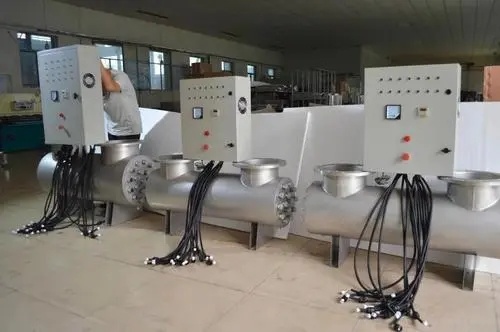
| City water supplies | 850-980‰ |
| De-ionized or Reverse Osmosis water | 950-980‰ |
| Surface waters(lakes, rivers, etc) | 700-900‰ |
| Ground water(wells) | 900-950‰ |
| Other liquids | 10-990‰ |
| Total iron content | Less than 0.3ppm(0.3mg/L) |
| H2S | Less than 0.05ppm(0.05mg/L) |
| Total suspended matter | Less than 10 mg/L |
| Manganese content | Less than 0.05 mg/L |
| Water hardness | Less than 120 mg/L |
| Chroma | Less than 15centigrade |
| Water Temp. | 5-60Centigrade |
| PH value | 6.5-8 |
| Interface type | flange or thread |
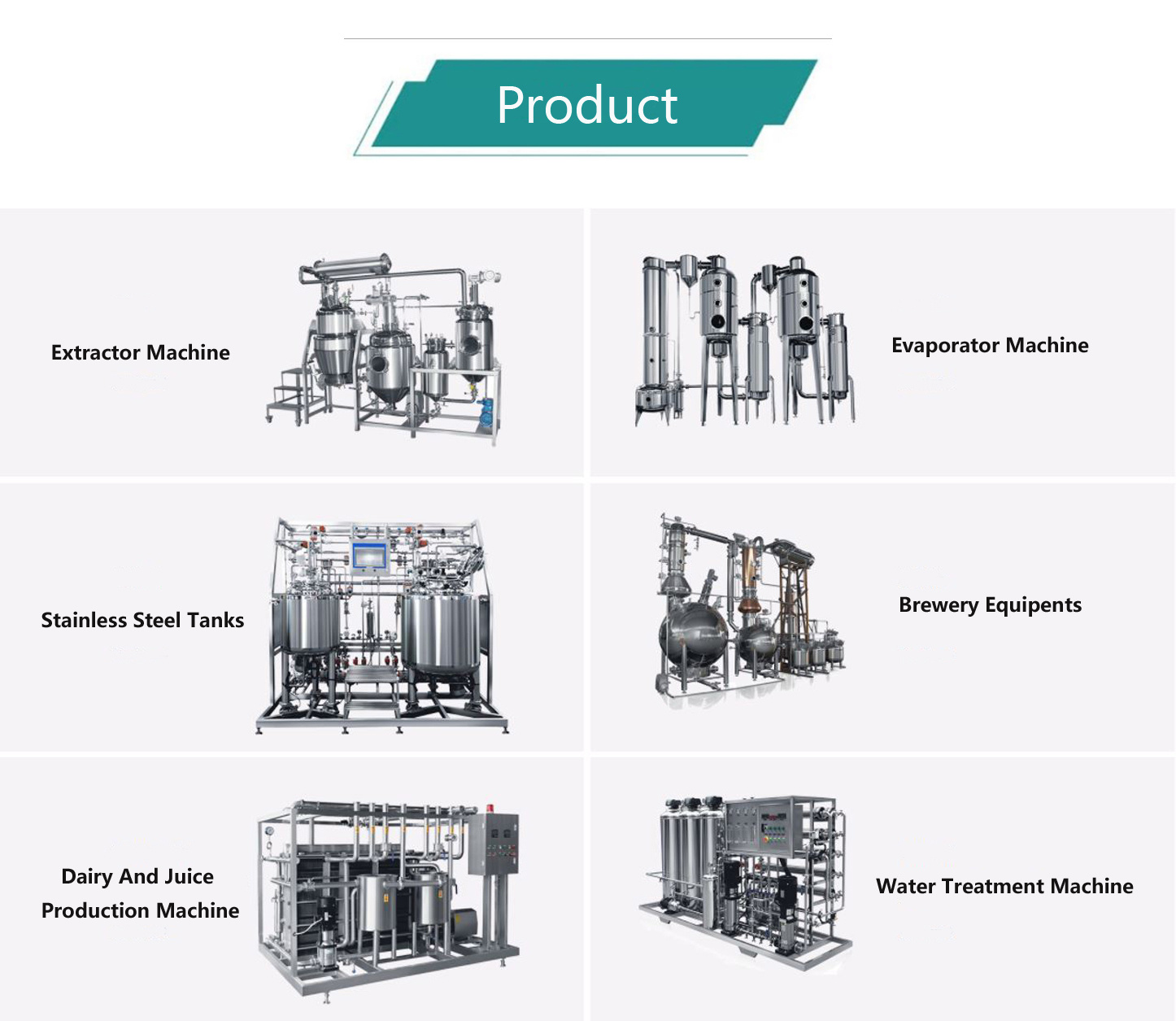
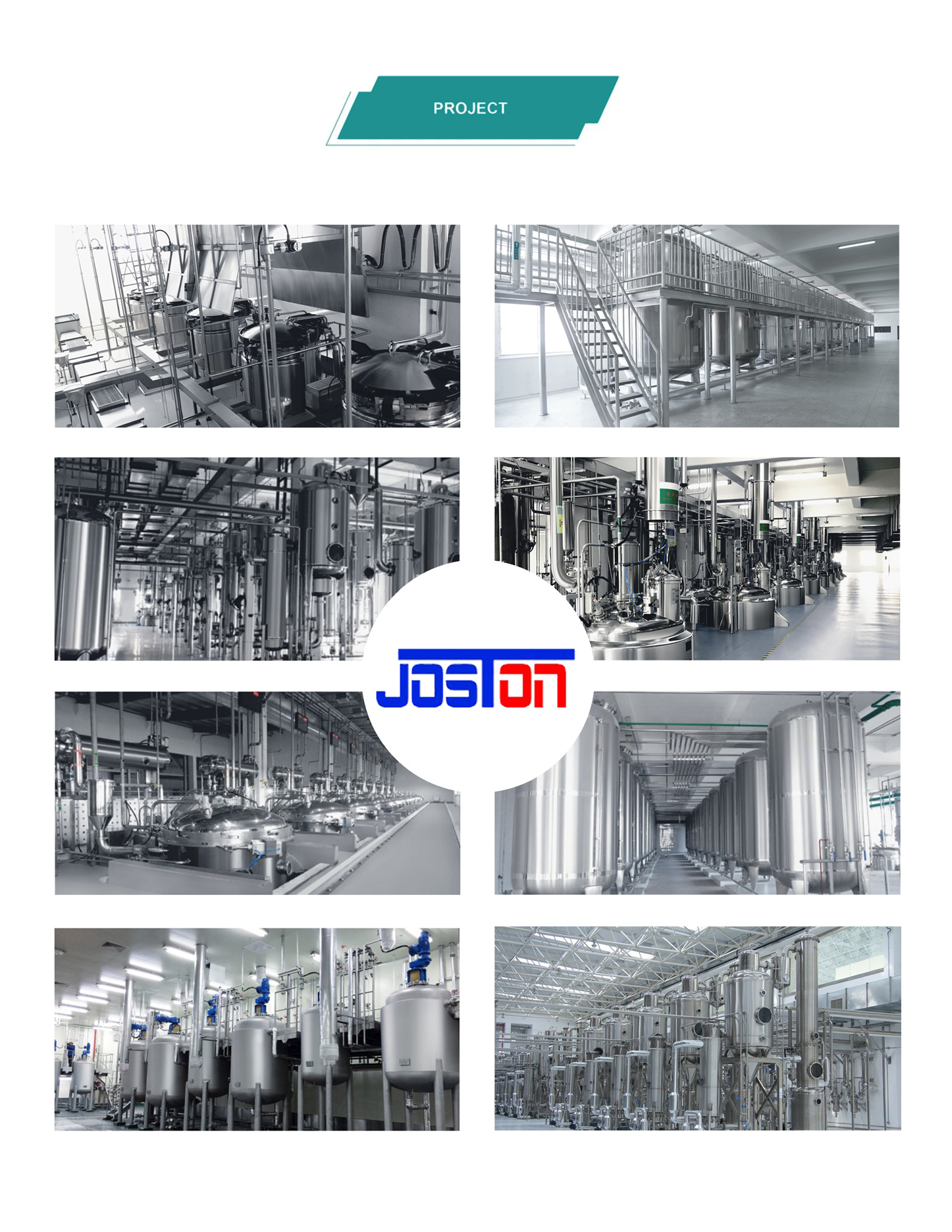
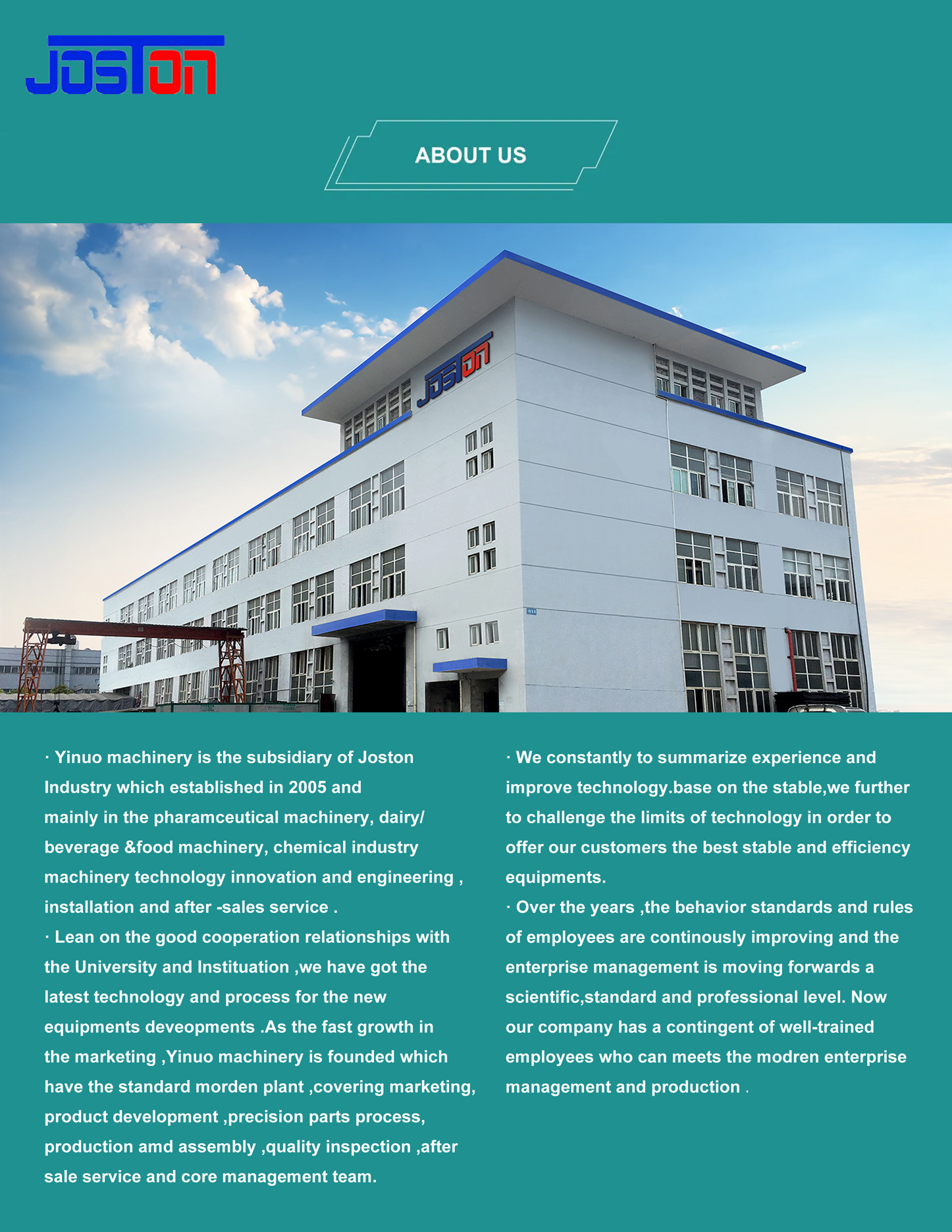
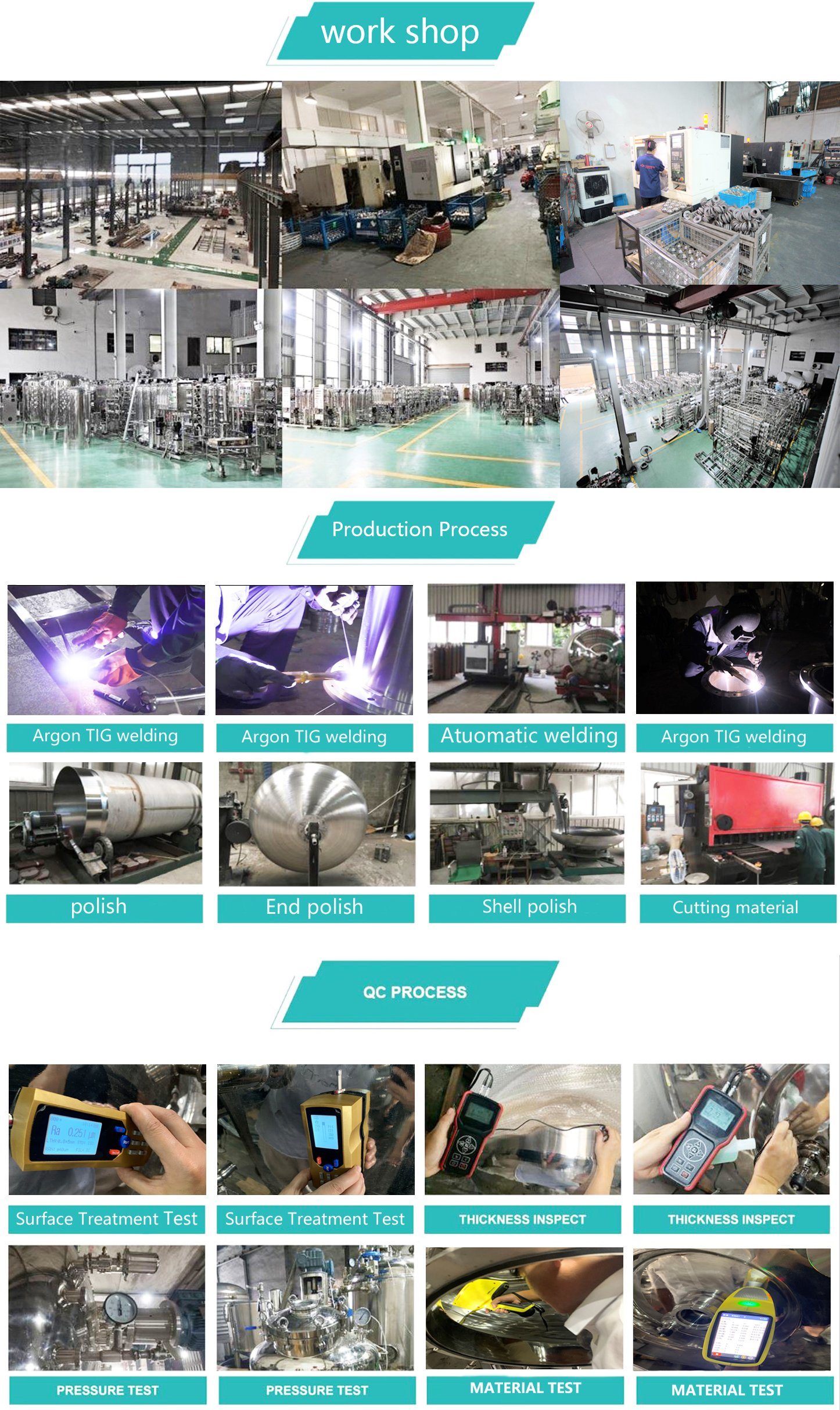
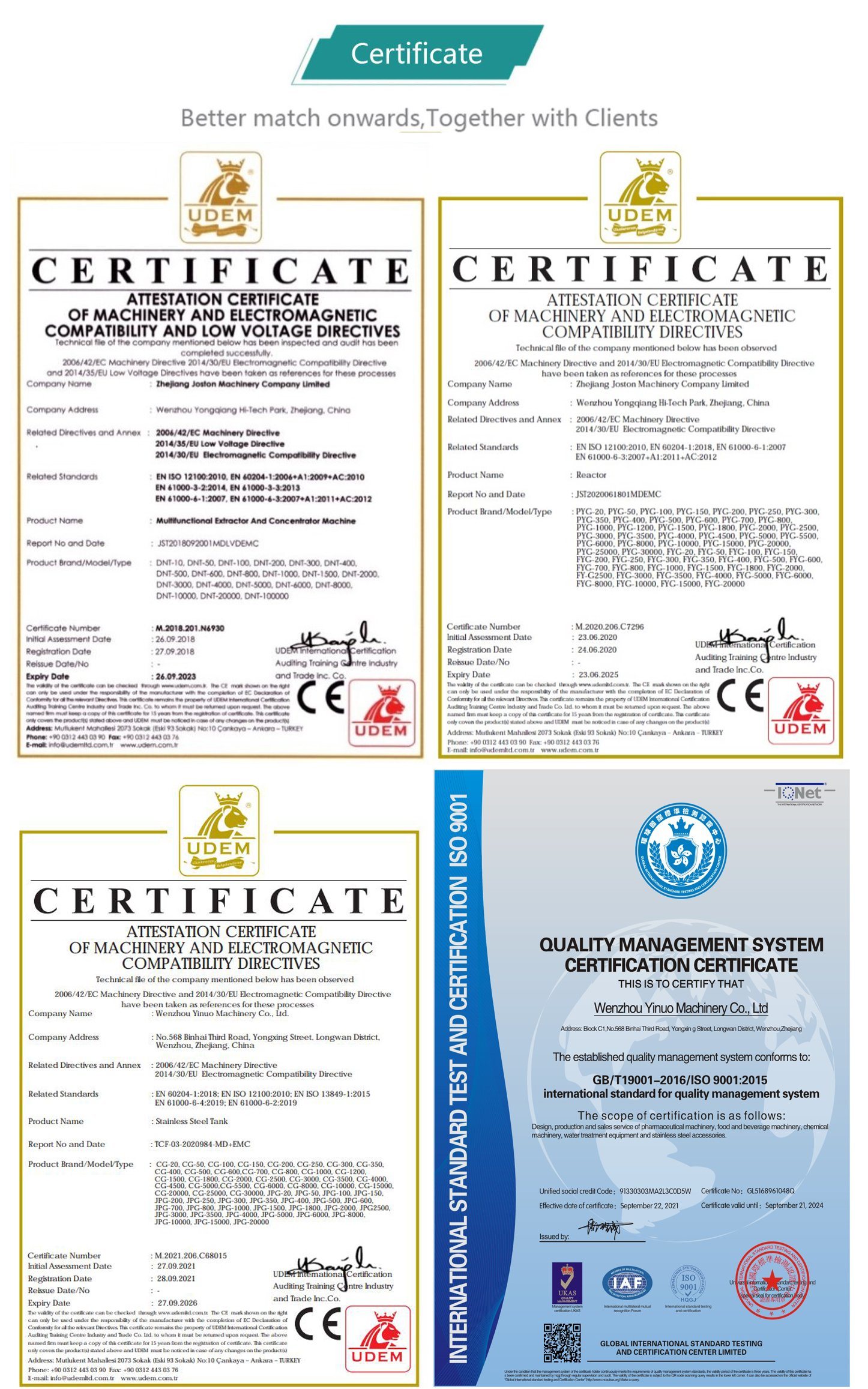
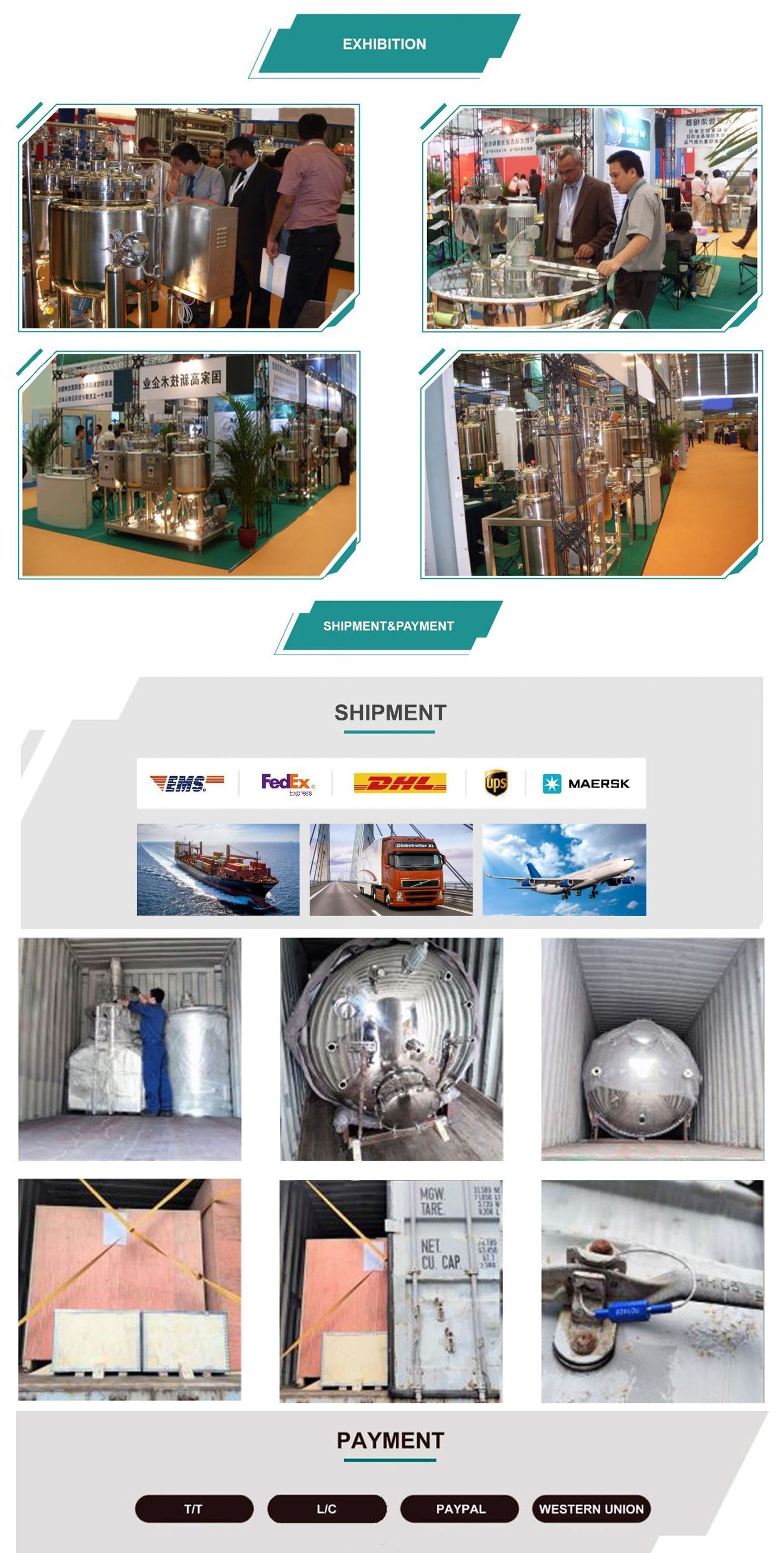
SERVICE
We have established some overseas agent office to make the after-sales serivce already ,so it can will be service client in fast response .also in our headquarter service team ,there is a expert team which can support client in 7*24 hours .
1. Customer inquiry and consultation (URS documents)
2. Confirmation of treatment plan (DQ documents &PID Drawing)
3.Quotation offer with the technolgy document (Quotation PI )
4.Engineering and Manufacturing (Prodcution &Quality inspection )
5. Product inspection (FAT documents)
6. Delivery arrangement and loading work (full set Shipment documents)
7. After-sales service (OQ,PQ ,SAT documents)
FAQ
1.What about your factory?
Our factory is located in Wenzhou city ,Zhejiang Province and have more than 15 years experience on machinery making.
2.How will your company control the equipment quality ?
We have a qualified expert team ,we will inspect every production proceed .also Machines will be tested in our plant before shipment .
3.How long the warranty will be?
We provide 1 years warranty for the machine running ,but we will afford whole -life service for the machine .
4.Which kind payment do your company do now ?
We accept Western Union, T/T ,D/P,D/C and irrevocable L/C payable etc.
5.Can we become your distributor in our country?
Yes, we very welcome you! More details will be discussed if you are interested in being our agent.
6.Why we choose "JOSTON "?
1. We enhance the reliability of product's quality and working life .
2. We decrease the consumption cost of the product in the ruuning.
3. We improve research personnel's ability to deliver a creative design;
4. We use leading technologies in our product development and innovation, and thereby increase the competitive advantage of products.
7.Do you supply installation equipment in oversea?
Yes, if need, we can send our engineer to your plant to help you do installation and commission.
8.How can we know the order production status ?
We will arrange the person to take photo or video during manufacturing in every week to make you to know the production status.When goods are finished,we will take detailed photos or video for your checking ,after approve ,then we will arrange shipment .also you can arrange FAT in our plant when the goods is ready here
9.what is kind service do you offer before making order ?
1.according to your company URS ,we will make the design drawing accoridingly.
2.after your company approved drawing ,we will make quotation.
3. final we make agreement on payment terms ,delivery time ,package ,shipment etc.
10.how about your company after-sale serivce ?
1. We provide long-term after-sale service.
2. we can do installation and commission for the equipment in your plant if necessary .
3. Meanwhile, you can call or e-mail us to consult on any relevant question since we have a special line for after-sale service. Alternatively, you can communicate on-line with us to solve any problem.




